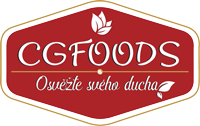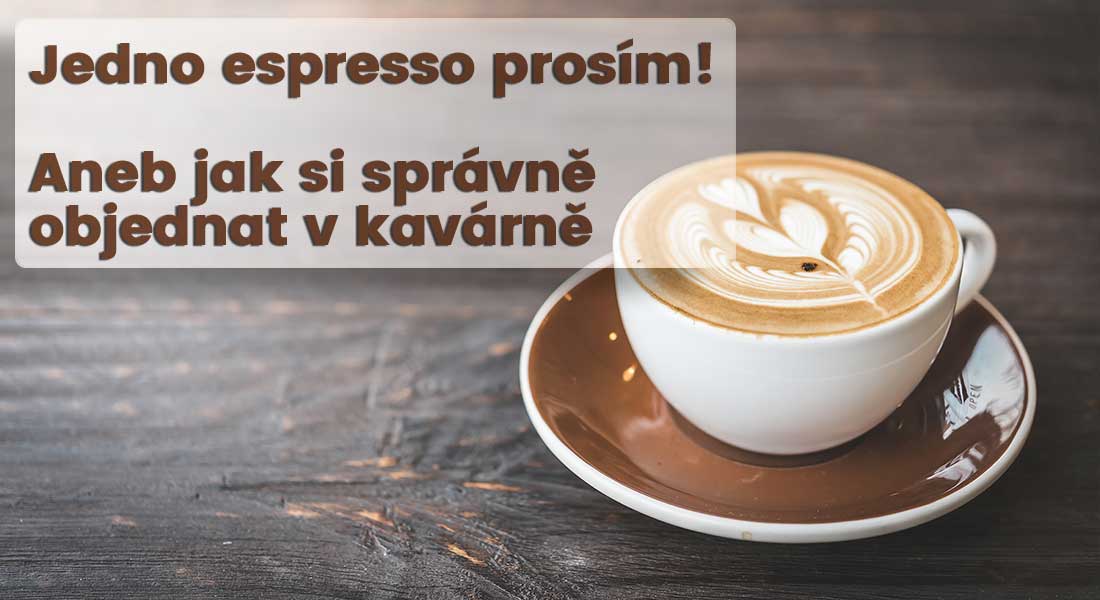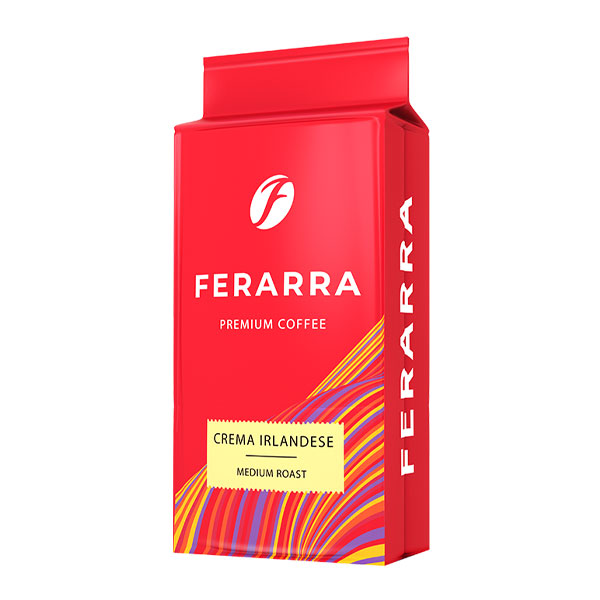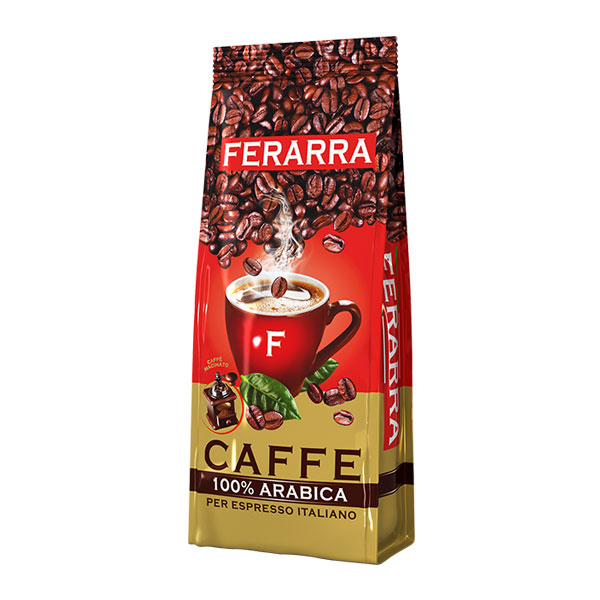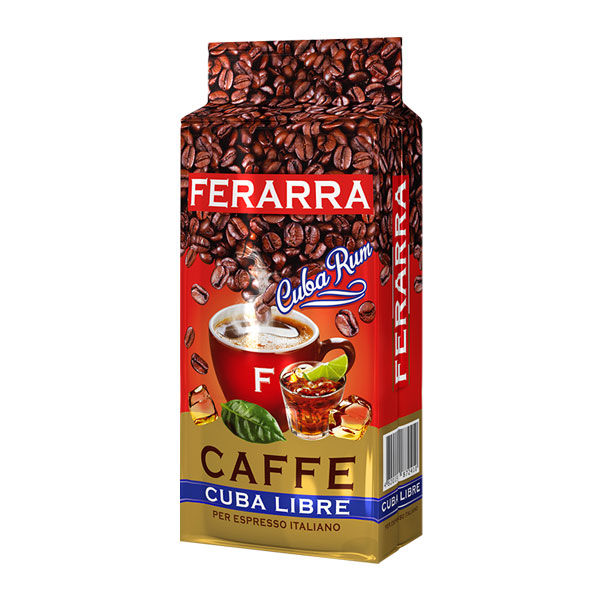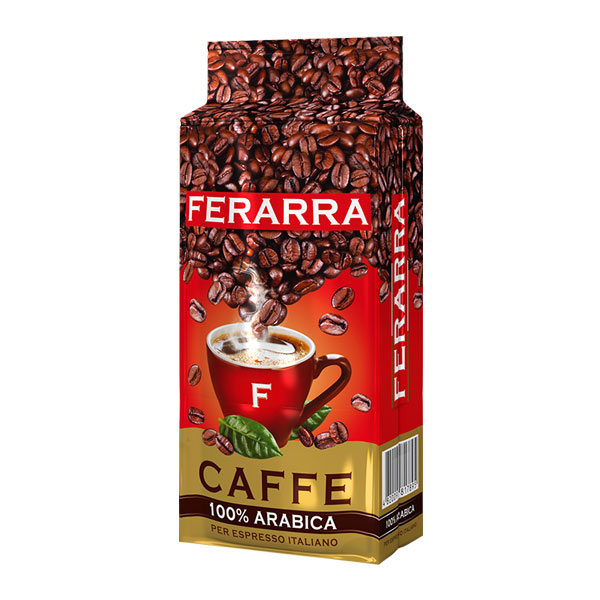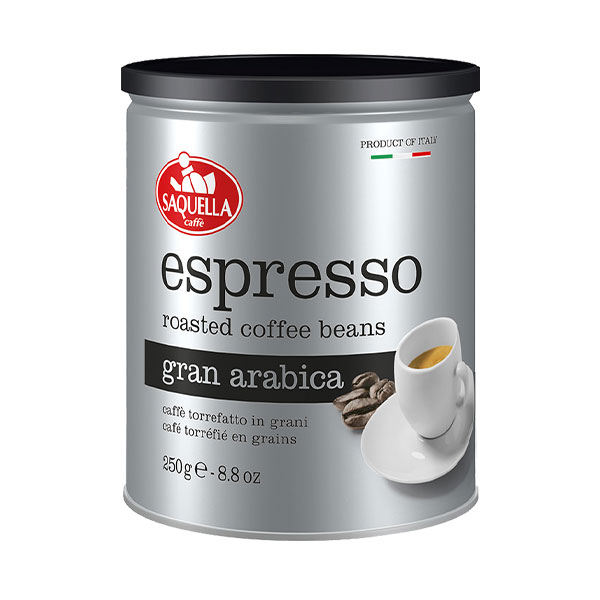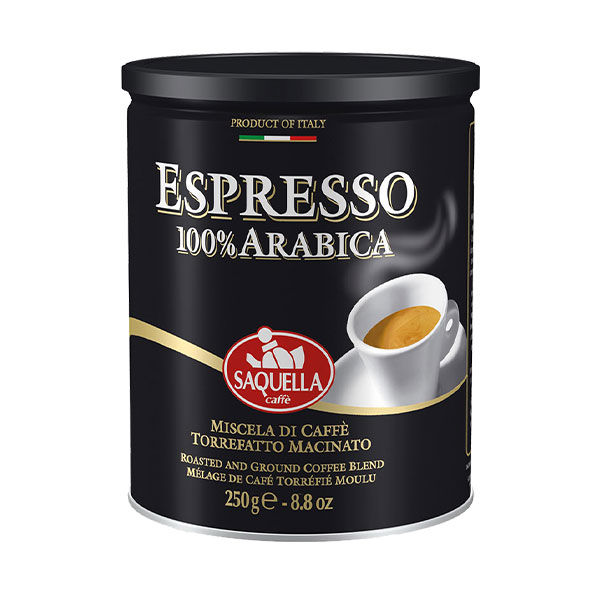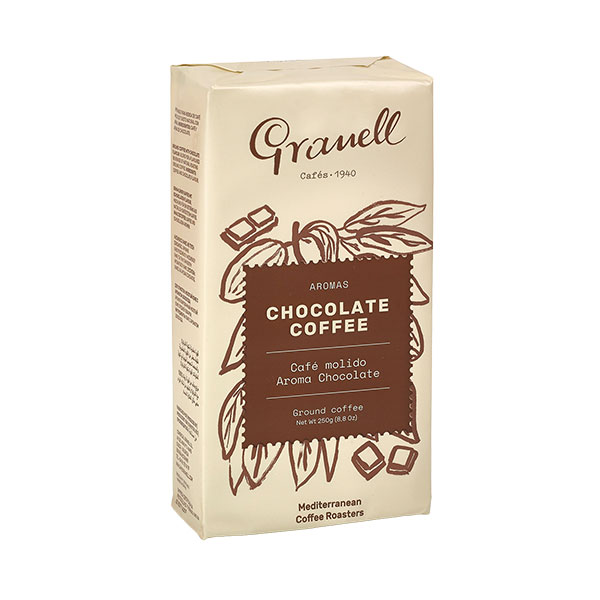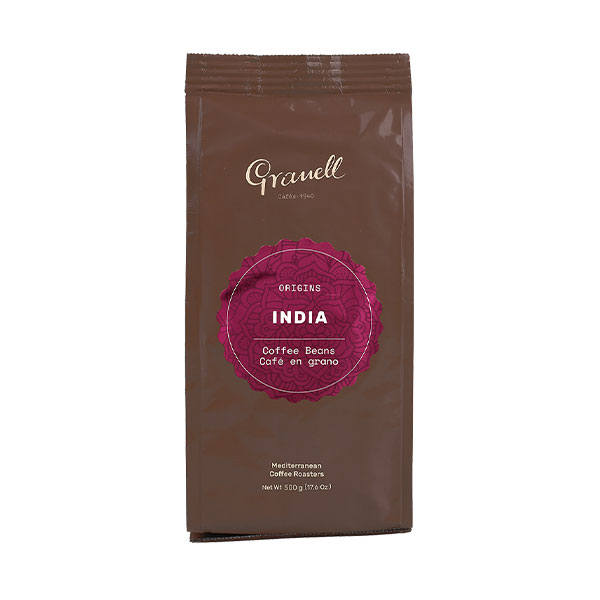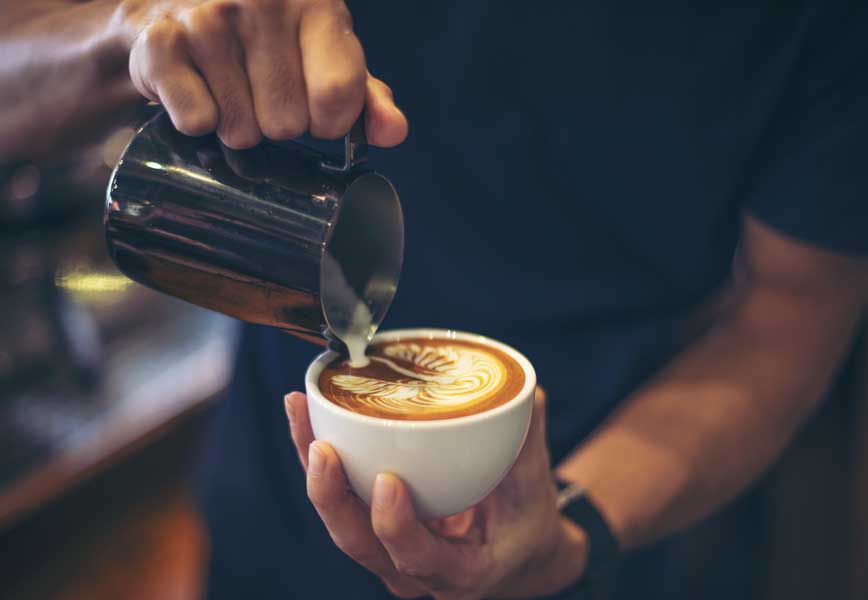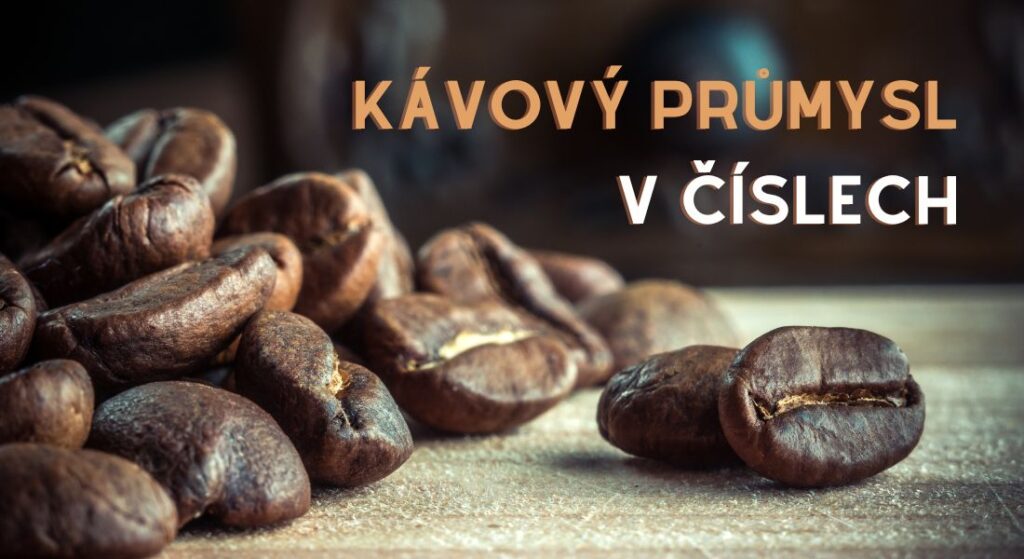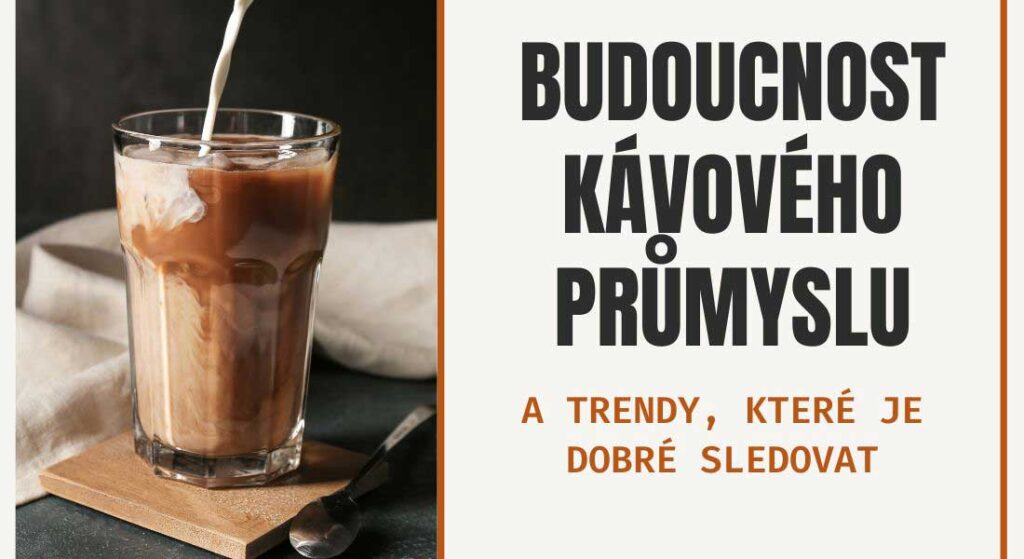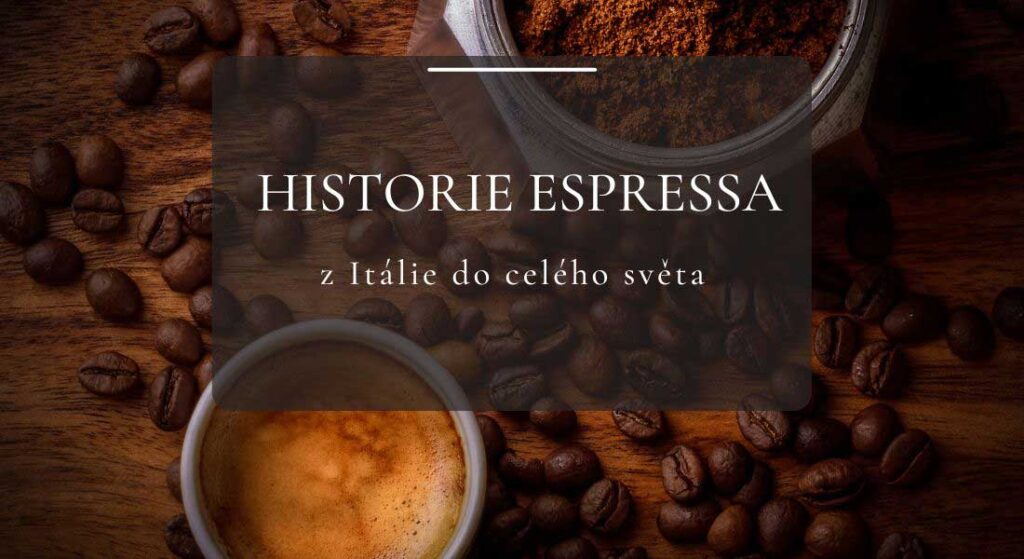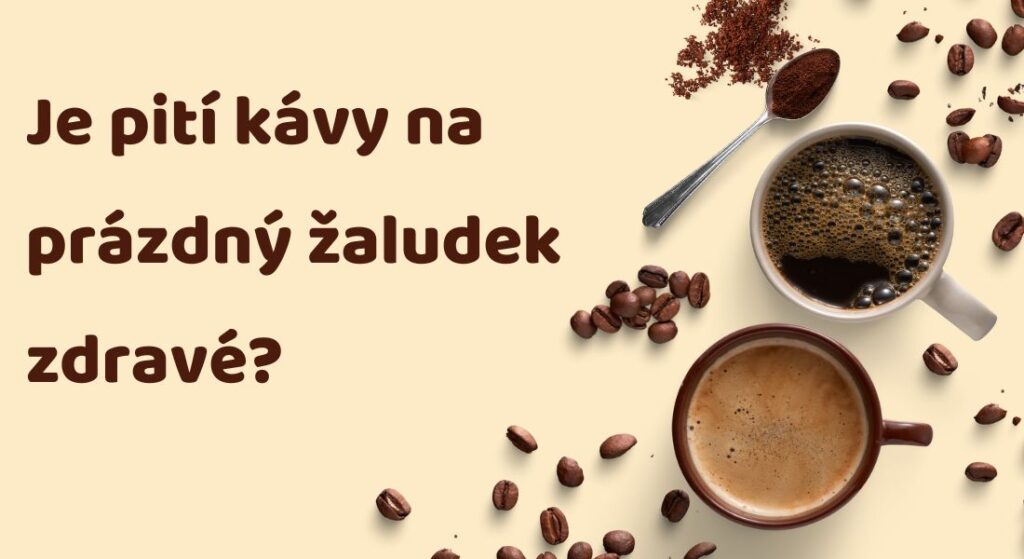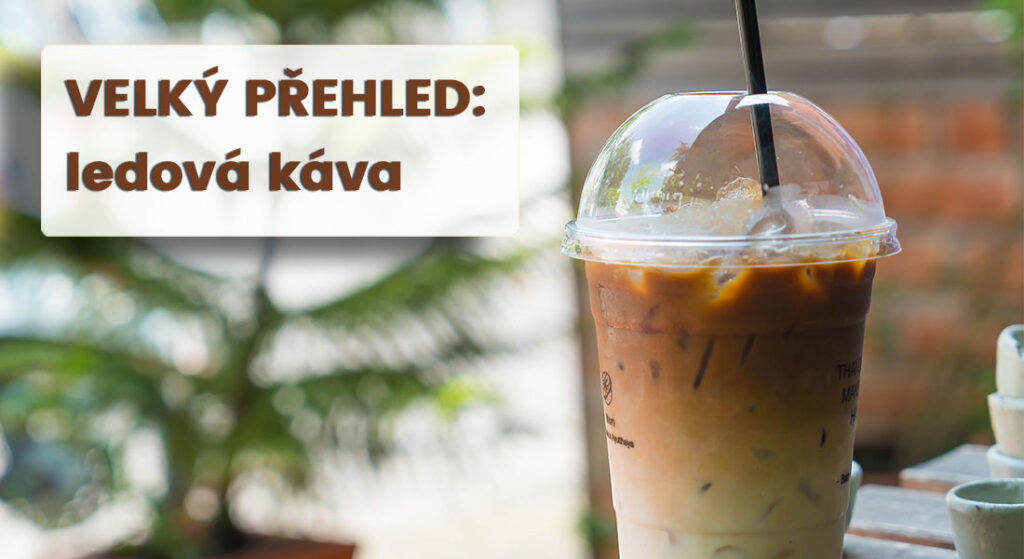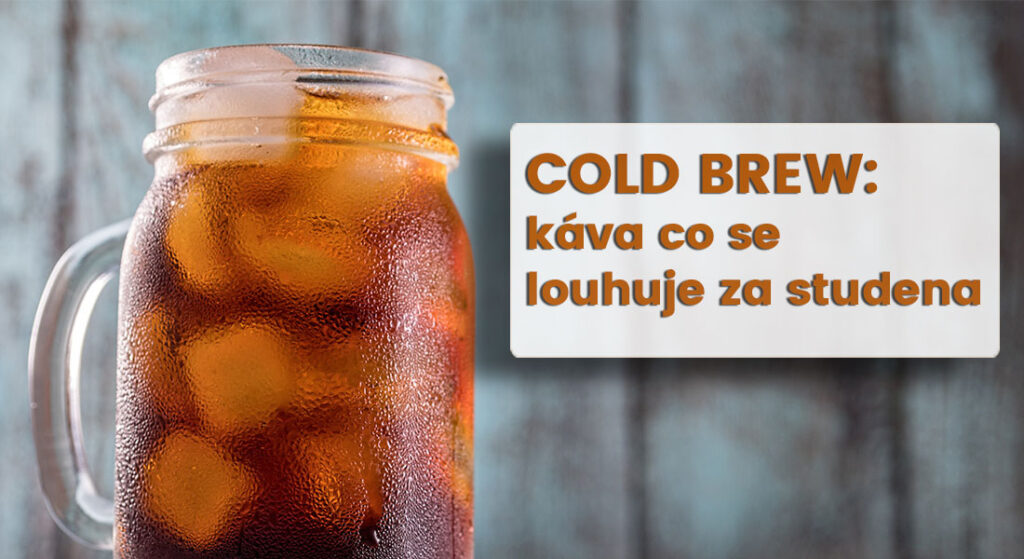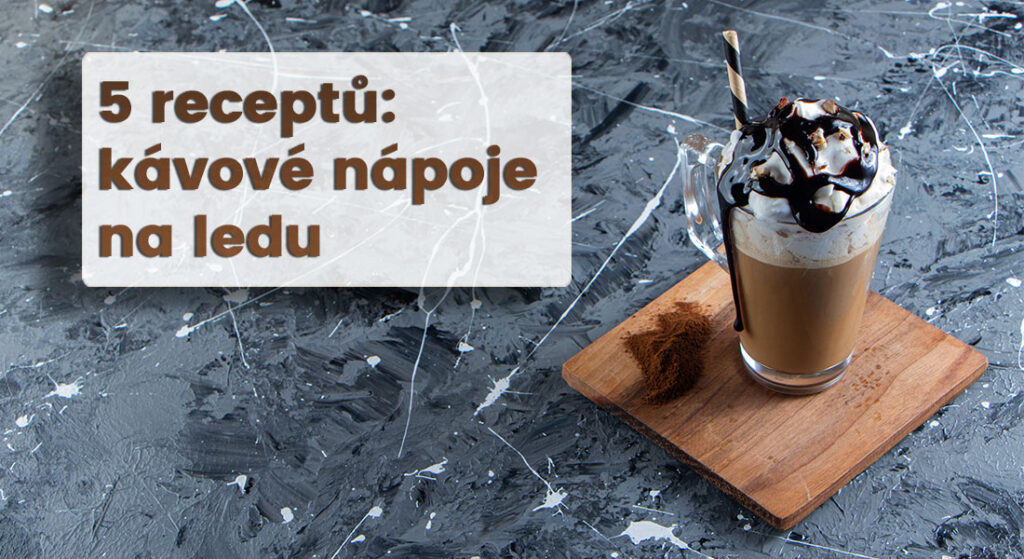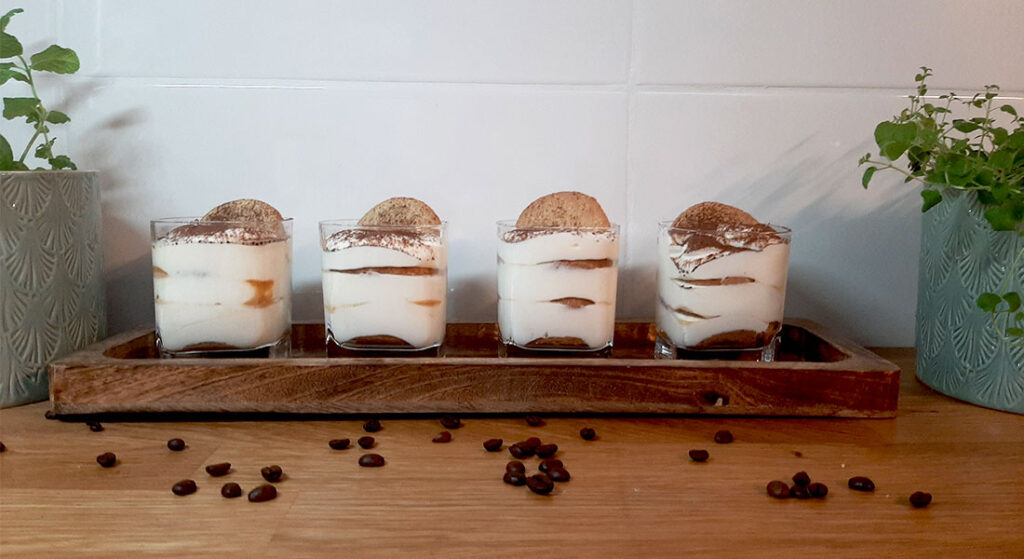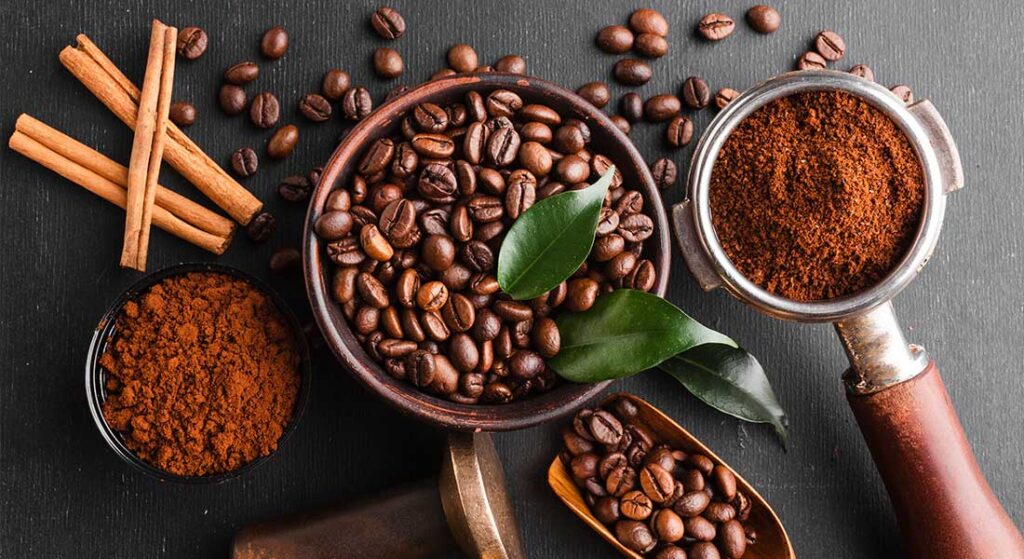Each of us certainly likes to sit in a cozy café, whether alone or with friends, and have a cup of good coffee with something sweet to eat. But do you know how to properly order different types of coffee so that the staff doesn't look at you like an alien, understands you correctly, and you get exactly what you wanted?
It often happens that we pronounce the name of the drink incorrectly or expect something completely different, and the waiter or waitress then brings us the opposite of what we meant. That's why we've prepared a simple overview of basic coffee drinks that you can find in almost every café here. Even an experienced "coffee-shop veteran" may learn something new, and most importantly, there will be no more faux pas!

"Real coffee" without unnecessary things
Pure coffee that can be topped up with water or a drop of milk
One press please!
Espresso [pronounced espreso] is just one thing. There is no piccolo, small or large espresso, and most importantly - no expresso! This drink was created at the beginning of the 20th century and became the most popular drink in the world. According to many, the best coffee blend for espresso is a mixture of arabica and robusta (in a ratio of 80:20). So if you order an espresso, you will get 30 ml of proper coffee in every proper café. However, if you say presso, without the small short letter at the beginning, you will get at best 30 ml of coffee in a 60-90ml cup with a hot water jug - or (espresso) lungo . In the worst case, they will let 60ml of coffee drip into the cup, which will be burnt, acidic, undrinkable and will give you a headache because it will have a higher caffeine content.
There is still a third option - that they will pour hot water directly into the cup and charge you an so-called Americano [pronounced amerikano]. According to legend, the name "Americano" originated during World War II, when American soldiers did not like the strong espresso and therefore diluted it with a larger amount of water. It is actually espresso supplemented with hot water to increase its volume in a ratio of 1:5.
It is prepared in two ways:
- top up the espresso with hot water,
- we prepare espresso directly in hot water.
WARNING: Under no circumstances should the entire volume of water flow through the coffee machine lever, as this will create an undrinkable liquid that contains bitter woody compounds and a large amount of caffeine.
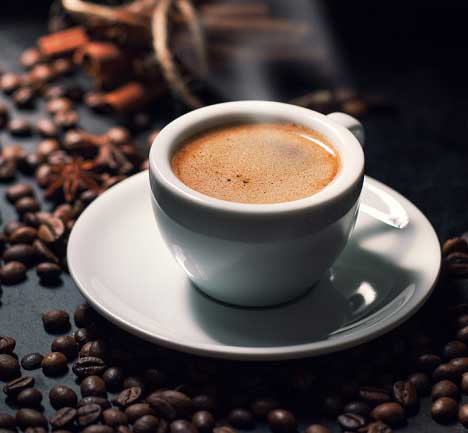
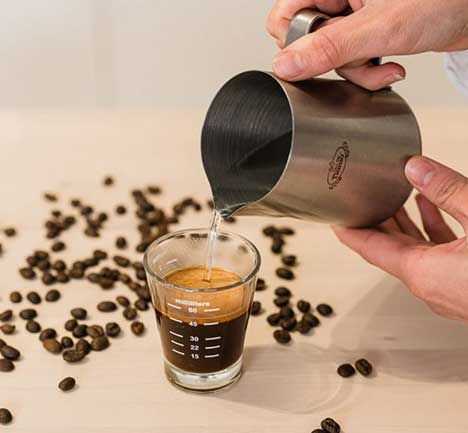
Types of coffee only for the strong: doppio
If a classic espresso is too small for you and you want a larger and stronger cup of coffee, then order a Doppio . You will get twice the amount of coffee and twice the amount of water, that is 60ml of the same honest coffee as with espresso. This type of drink is also sometimes referred to as "double shot" . Doppio is most commonly served in a 150 ml cappuccino cup or in a lungo cup.
FERARRA Arabica 1 kg (zrnková káva)
FERARRA Crema Irlandese 250 g (mletá káva)
FERARRA Arabica 70 g (mletá káva)
FERARRA Blue Espresso 250 g (mletá káva)
FERARRA Cappuccino 250 g (mletá káva)
FERARRA Cuba Libre 250 g (mletá káva)
FERARRA Arabica 250 g (mletá káva)
FERARRA Blue Espresso 1 kg (zrnková káva)
Saquella Gran Arabica, zrnková káva (250g) DMT 8/2023
SAQUELLA Gran Gusto PLECH 250g (mletá káva) DMT 6/2023
SAQUELLA Arabica PLECH 250g (mletá káva) DMT 2/2024
GRANELL Hazelnut 250g (mletá káva)
GRANELL Chocolate 250g (mletá káva)
GRANELL Vanilla 250g (mletá káva)
GRANELL Selección 250g (mletá káva)
GRANELL India 250g (zrnková káva)
Drink coffee like the Italians - have a ristretto
This way of drinking coffee comes from southern Italy, specifically Sicily. The name ristretto means "shortened" in translation. In these parts, ristretto, also known as caffé basso, is thecaffé basso, most popular type of coffee because it has the strongest taste of all coffee drinks. People resort to this mini version mainly because of high temperatures, as it was necessary to reduce the drink so that there would be no increase in body temperature when drinking. It is prepared from the same amount of coffee as espresso, but there is less of it, 20-22 ml. Sometimes it is mistakenly referred to as piccolo, which means "small" in Italian, but in Italy, you would more likely offend someone than order this type of coffee.
And how is it possible that Italians drink 10 such coffees a day and not get a cardiac arrest from the caffeine? Simply. When preparing a ristretto, the coffee is exposed to pressure and heat only very briefly - less than 11 seconds. During this time, only a fraction of caffeine can be released from it. On the other hand, the taste is very concentrated, and therefore unusually pronounced.
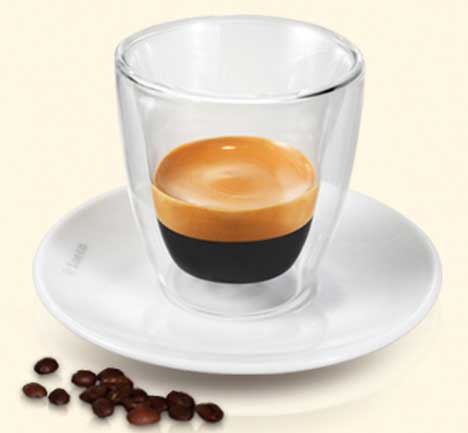
Milk coffee
Coffee drinks with more milk
Nowadays, one of the most popular types of coffee drinks with milk are cappuccino, latte and latte macchiato. These drinks are always based on Espresso or Doppio, and are complemented with either hot milk or milk foam. The final quality of the drink, in addition to the coffee itself, also depends on the fat content and quality of the milk. Unfortunately (and for some, fortunately) the best milk foam is made from full-fat milk.
Espresso macchiato
If you like the strong taste of coffee with a touch of milk, espresso macchiato is a great choice for you. When you order this drink, you will get a classic espresso with a touch of milk foam. The foam is only used to soften the coffee and in no way resembles cappuccino or caffé latte.
In translation, the word macchiato means "spotted" or "dotted". Whipped milk really only creates white dots in the coffee and does not color the entire coffee.
ATTENTION: The word macchiato, as in Latte Macchiato, is correctly read macchiato. It is often mispronounced as machyáto, macchiato or macchiato.

Cappuccino with latte art
Cappuccino is definitely one of the most popular coffee drinks out there. However, it can be a nightmare for servers to make, as it is very difficult to prepare. It is made with 30 ml of espresso, 60 ml of warm milk, and 60 ml of foam, making the total volume of the drink 150 ml.
You can meet two variants of foam:
- in the original recipe, you will find a 2 cm layer of foam on the milk in the cappuccino,
- in the modern recipe, it is supplemented with a so-called microfoam, which is softer and more connected with milk.
Cappuccino has been consumed in Italy since the beginning of the 20th century. But its popularity increased significantly only after the Second World War. It retains its popularity to this day, especially among women.
Cappuccino is also associated with latte art - literally "milk art". They are the brown and white pictures that the barista usually draws for you on top of this coffee. Just so you know - these "drawings" are finished art and learning to draw a swan is equivalent to hectoliters of spilled milk and liters of coffee. The smarter ones will use cocoa for teaching, but it is a bit harder to work with. So the next time you don't get a Mona Lisa cappuccino at a coffee shop, don't be angry or disappointed.
Caffe latte / Caffe latte macchiato
Caffé latte has a larger volume than a cappuccino, more than 250 ml, and less foam. The base is still espresso but caffé latte contains more milk. In Italy, this drink originated as a variant of coffee for children. (Yes, you read that right - coffee for kids...)
Latté macchiato : It is a version of the caffé latte, but it differs in the preparation technique. Milk is first poured into the glass, which has been foamed into a microfoam. After about half a minute, the milk foam separates from the milk and forms a firmer layer on the surface. Espresso is poured last, creating a characteristic brown spot on the surface of the foam.
Did you know that: If you order a latte in Italy, you get a regular glass of milk? Therefore, never forget to add the word caffé! Or order a macchiato.
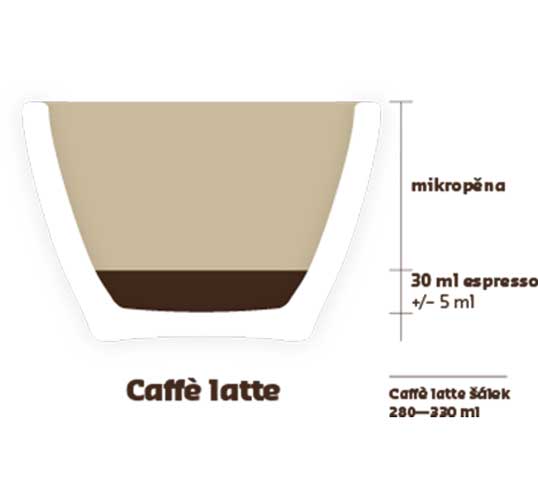

Smooth white, that's flat white
This is a milk variant of coffee for those who like a stronger coffee taste, but at the same time tolerate a delicate combination of milk and milk foam. Basic flat white [we read flat vajt] there are two espressos - i.e. Doppio, which is topped up with warm milk with foam. The total volume of the drink is similar to that of a cappuccino. It is not so widespread and well-known in the Czech Republic, so you can rarely find it in regular cafes. In the more modern ones, it has already been included in the permanent menu.

